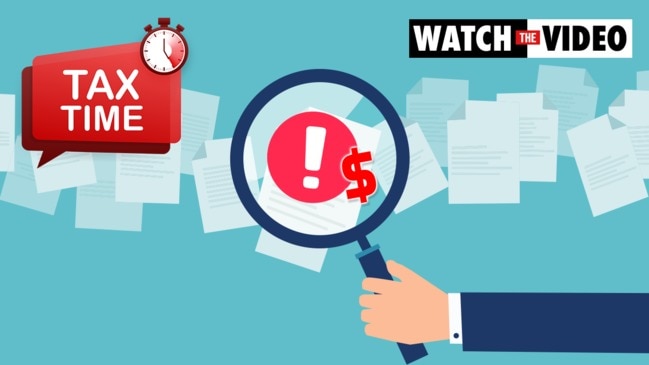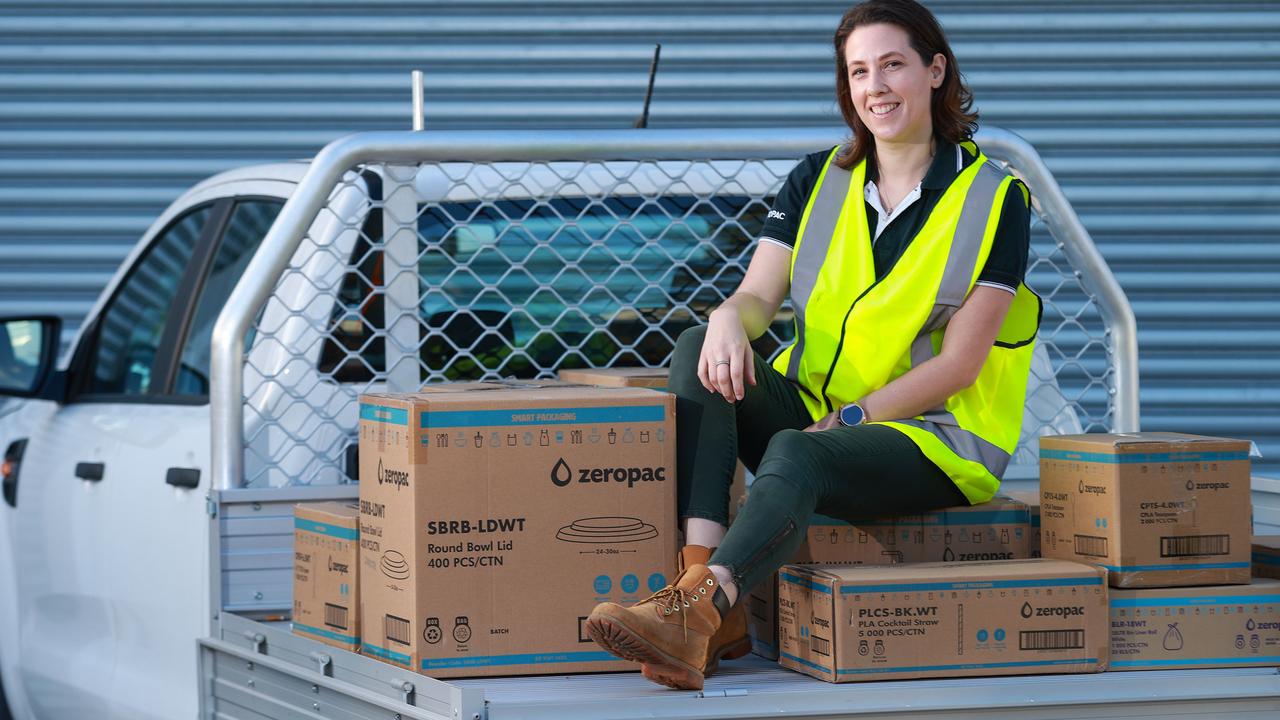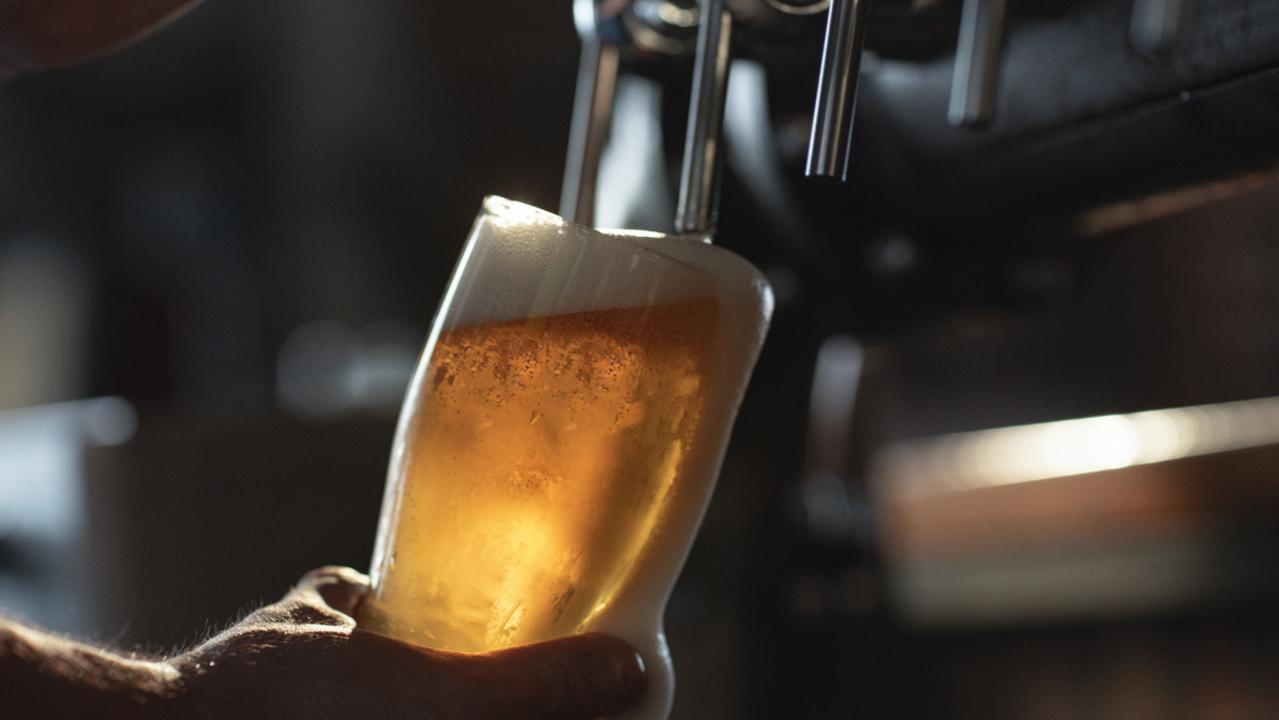Tax return 2021: 3 things Aussies should do before June 30
One-in-four Aussies don’t complete a tax return each year and millions could be missing out on cash. Find out how to avoid getting stung.

The end of the financial year is coming in quick, but shockingly one-in-four Aussies don’t complete a tax return each year.
More than three-quarters of Australians who don’t lodge their tax returns every year stated that they had nothing to claim, the survey from Officeworks found.
This could mean millions of Aussies are missing out on a $1080 tax bonus that is only available by lodging your tax return this year.
When it comes to lodging tax returns, 19 per cent of Gen Z are not completing a tax return each year because they don’t understand the tax system, showed the research, while forgetting to do it was also a major reason.
Just over half of Aussies admit their knowledge of the end of financial year and tax return is minimal in the survey of almost 1500 Aussies.
Yet there are key things to do to get organised for lodging a tax return, according to Mark Chapman, director of Tax Communications at H&R Block.
“Take some time out to gather together all the information you will need to help you prepare your tax returns, including invoices and receipts for work-related expenses and any bank or credit card statements that contain items of work-related expenses that you no longer have or never had receipts or invoices for,” he said.
“If you don’t have the paperwork, you can’t claim a deduction so it makes sense to set aside this time in advance of the end of the financial year to spare yourself a stressful document hunt whilst you’re actually in the process of getting your return prepared.”
He adds if you’re claiming any expenses that have a work-related element and a private element, such as for the use of a personal mobile phone, set some time aside to work out what a reasonable apportionment is for the work-related bit.
RELATED: Surprising things you can claim at tax time

Make sure you have the proof if the ATO comes knocking
Shoeboxes really don’t make good filing systems, said Davide Costanzo, chairman of the Moore Australia Tax Committee, and the Australian Taxation Office has a way to match up your finances across various systems.
“The ATO’s data matching capabilities are much better than they once were so if you have sold assets, such as shares or cryptocurrencies, ensure you consider the tax treatment of them correctly from a capital-gains tax point of view,” he said.
Be careful of standard deductions if you don’t have anything to support them, added Greg Travers, head of tax at William Buck.
“So $300 of work-related expenses, $200 of small items and $150 of laundry costs are classic examples,” he said. “If you claim these, be ready to answer questions from the ATO on how you actually spent the money.
“For employees, there is no substitute for good record keeping – this is the simplest way to ensure you maximise your tax deductions. And if the ATO ask questions, it’s the quickest way to deal with them.”
RELATED: ‘Alarming’: Tax return crackdown

Working from home expenses
It’s worth noting that the ATO has extend the shortcut method for calculating working home expenses, meaning people can claim a rate of 80 cent per work hour while they were stuck indoors during the pandemic, said Mr Chapman.
“To use the 80 cent flat rate, you will need to keep a record of the number of hours you have worked from home as a result of Covid-19. Simply multiply your working hours by 80 cents per hour to work out your claim,” he explained.
“If you use the 80 cents per hour method, you can make no other claims in relation to working from home. Items like mobile phone and internet usage are included in the 80 cent rate.”
Alternatively, you can claim the ATO’s existing flat rate allowance for working from home of 52 cents per hour, he said.
“This covers the extra costs of heating, cooling, lighting and the decline in value of furniture,” he said.
“All you need to do to claim this is to keep a diary – note the time you start work each day, the time you finish work each day and any breaks. You can then claim 52 cents per hour for each working hour.”

You can also make separate claims for the work-related proportion of items such as your home internet, mobile phone costs and other expenses that directly relate to your work such as stationery and printer ink, he said.
A further option is to claim the actual costs you’ve incurred, but this can be complicated, warned Mr Chapman.
“You’ll still need to keep a diary of your work from home hours and you’ll also need to work out the amount of your home by floor area that you’re using as your work space,” he said.
“From this, you can then work out the work-related proportion of your household expenses and apply this percentage to the actual amount you spend on electricity, gas, water, phone and internet. You’ll also need to keep all the original bills to prove your claim.
“This generally produces a bigger claim than either of the flat rate methods but the amount of paperwork and calculation involved is much greater.”

Spend up before June 30
The tax break for the instant asset write off has increased to $150,000 yet half of small businesses weren’t aware of the change, the Officeworks survey found.
Provided your turnover is less than $5 billion, you can purchase all the capital assets that you want and write off the full cost against tax, Mr Chapman said.
The policy is great for purchasing items such as fixtures and fittings for shops or cafes, technology like laptops, computers, EFTPOS systems and security equipment and tools and equipment.
It can also be used for office furniture, vehicles such as utes, delivery vans and most cars – although cars more than $59,136 are excluded – motor bikes and solar systems, he said.
One-in-five of those surveyed weren’t aware the tax break was available to sole traders, while 50 per cent didn’t know that instant asset write-off can be used for second-hand items.
One thing people often forget is that the asset must be delivered and installed, ready for use by the end of the financial year to claim the full deduction in the 2020-21 income year, said Mr Costanzo.
On average, businesses planned to spent almost $25,000 before June 30, the research showed. In the federal budget, the scheme was extended into June 30, 2023.




